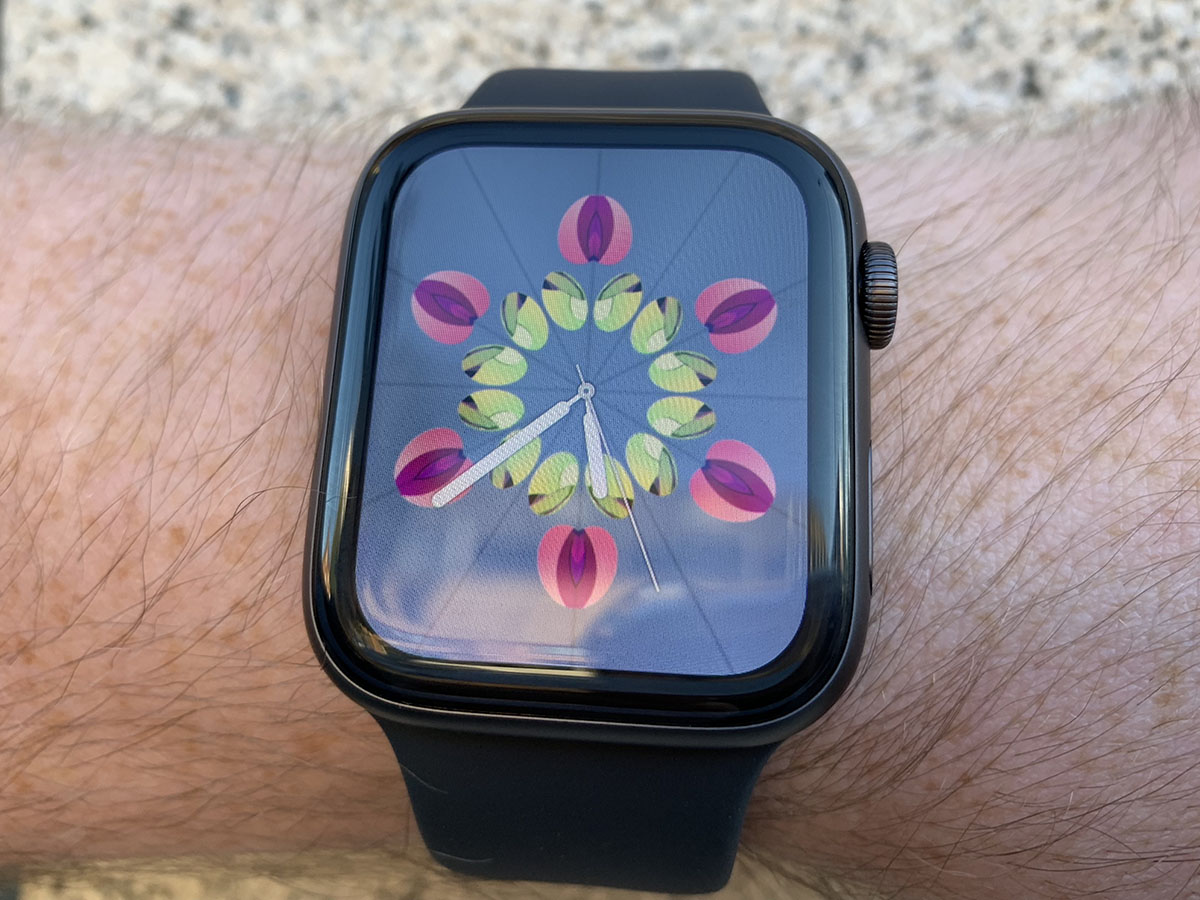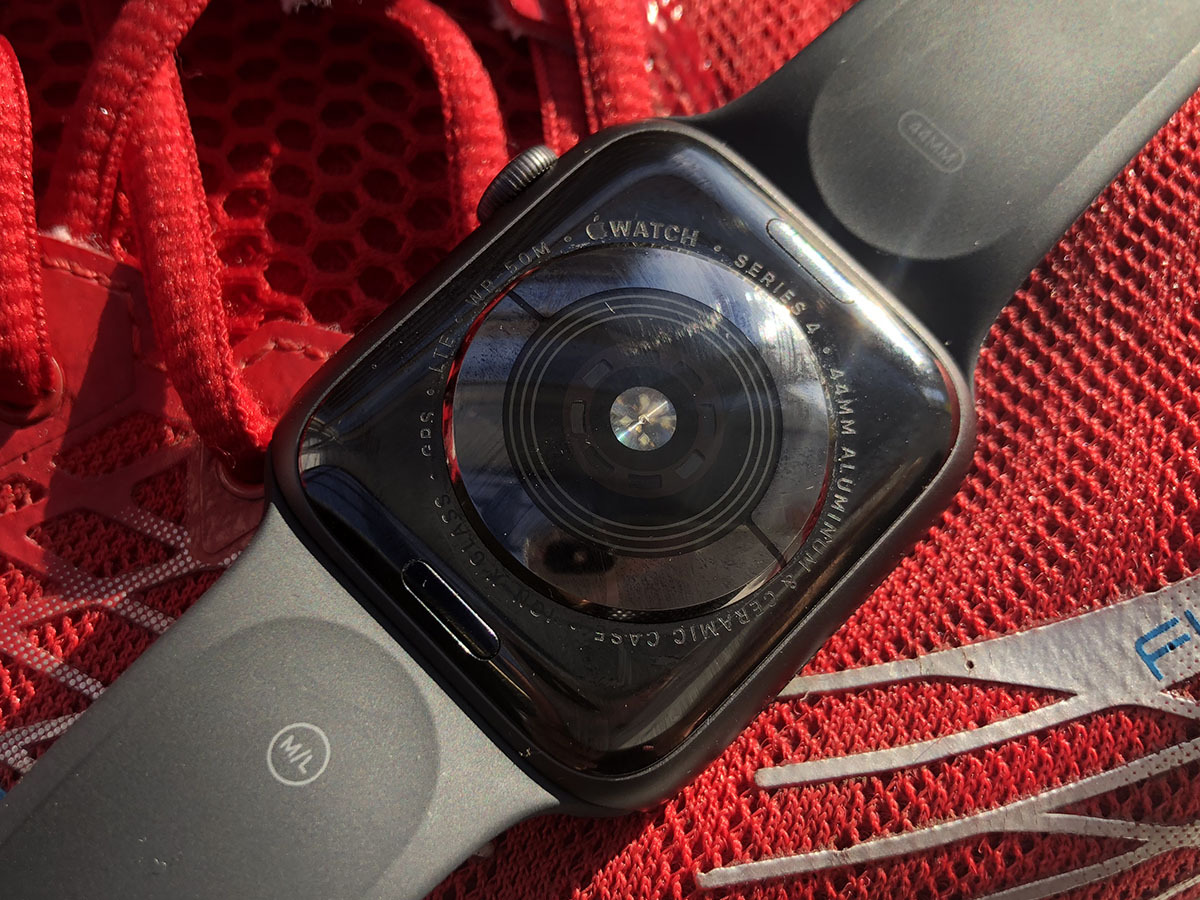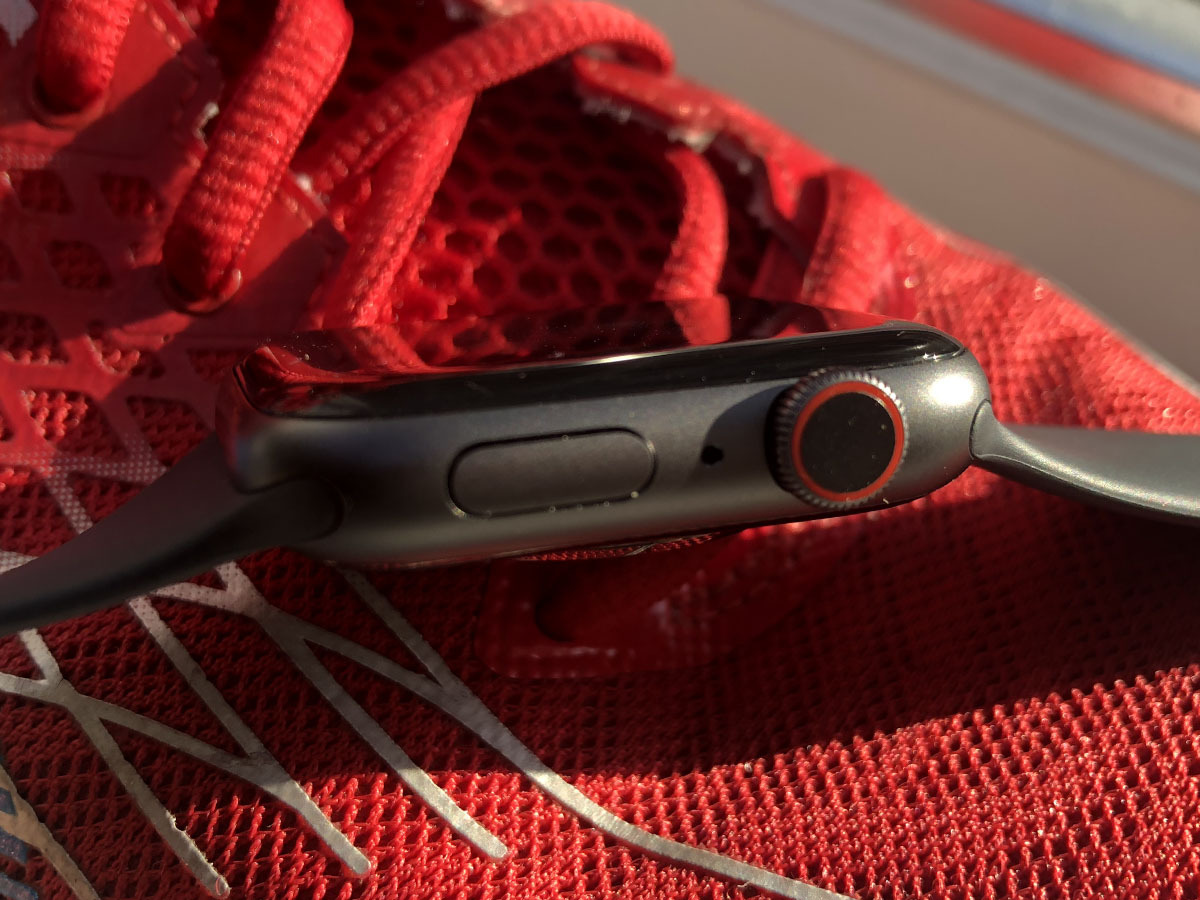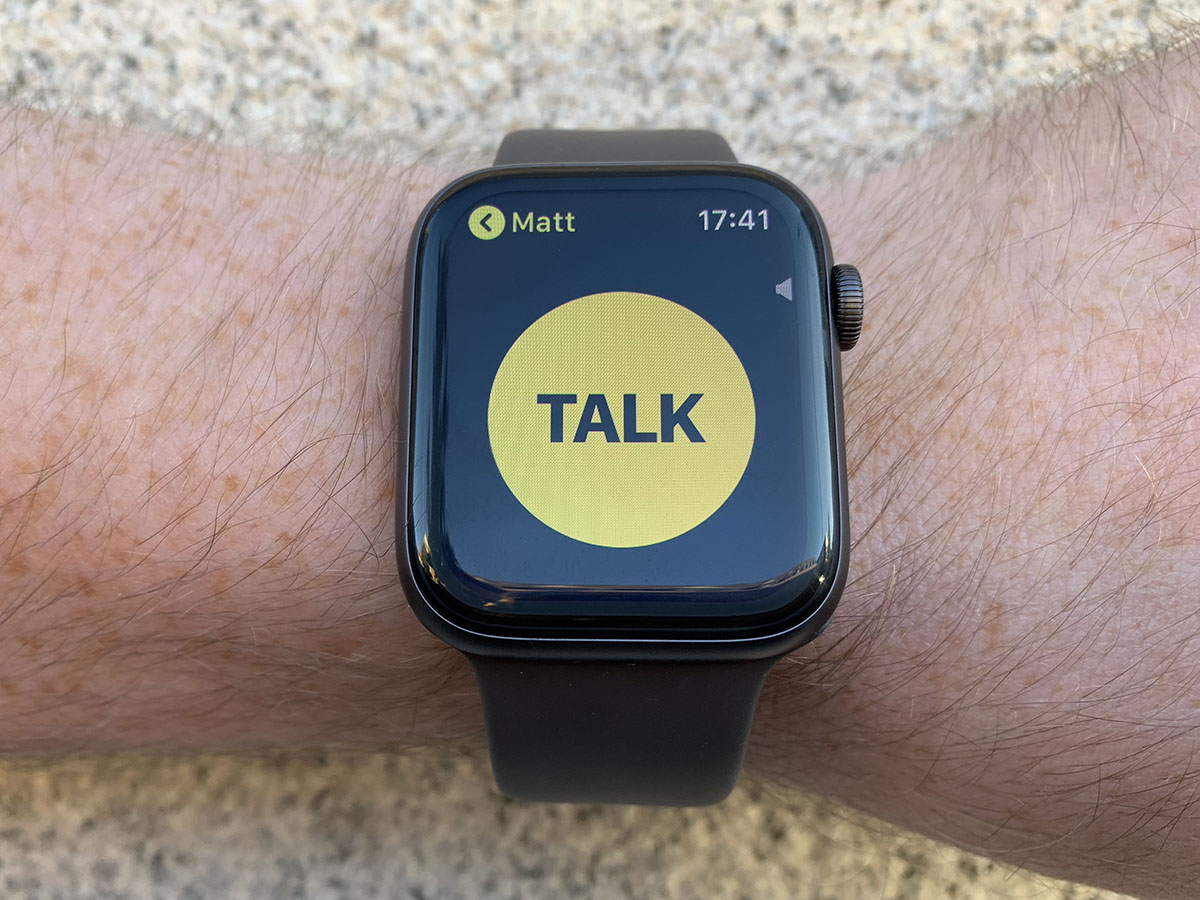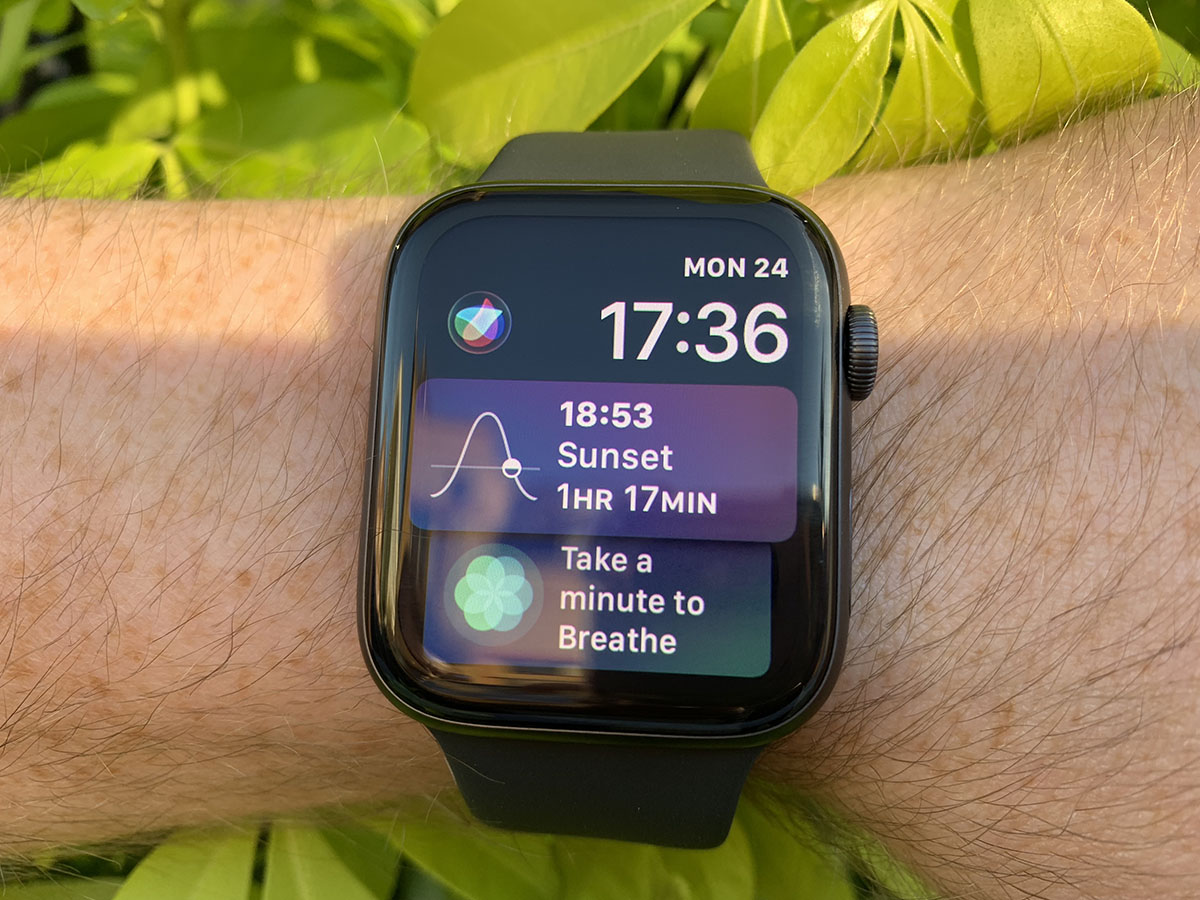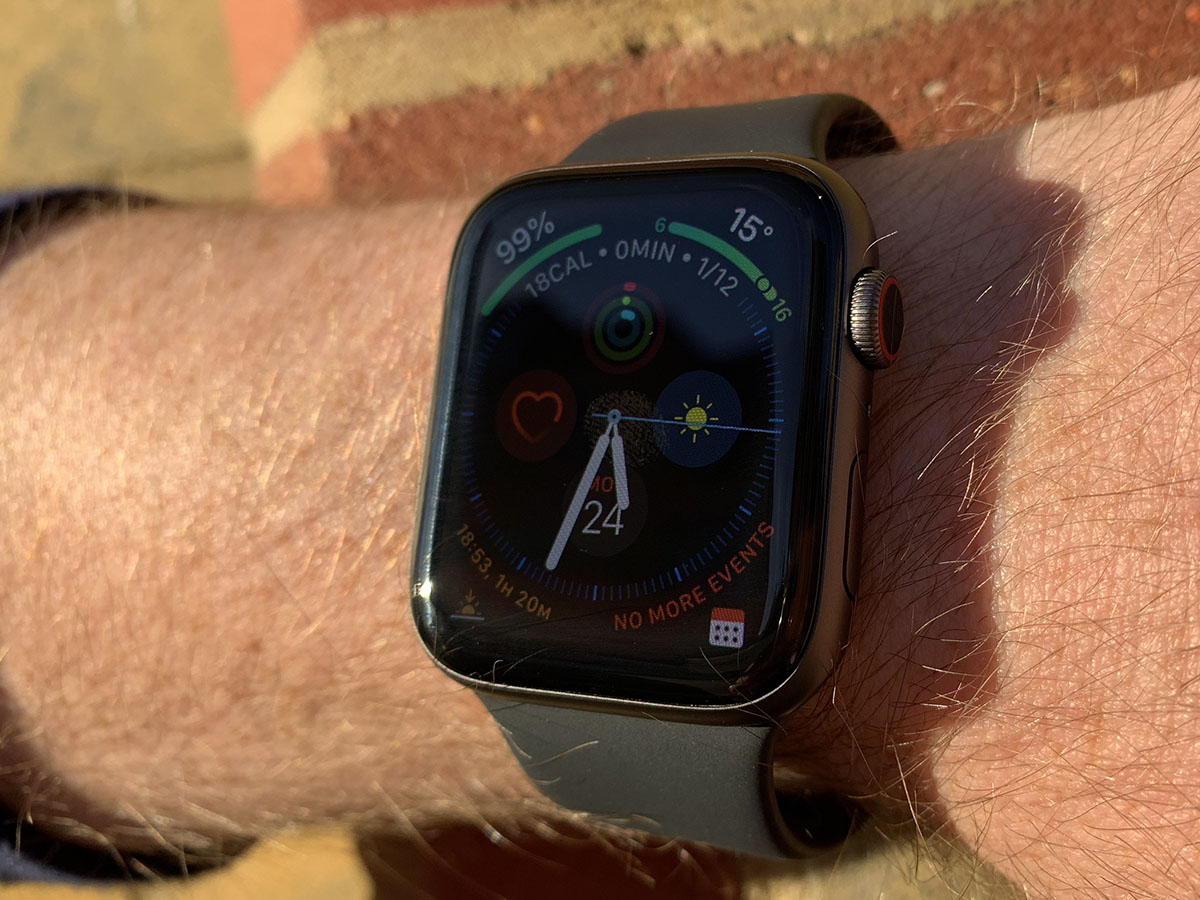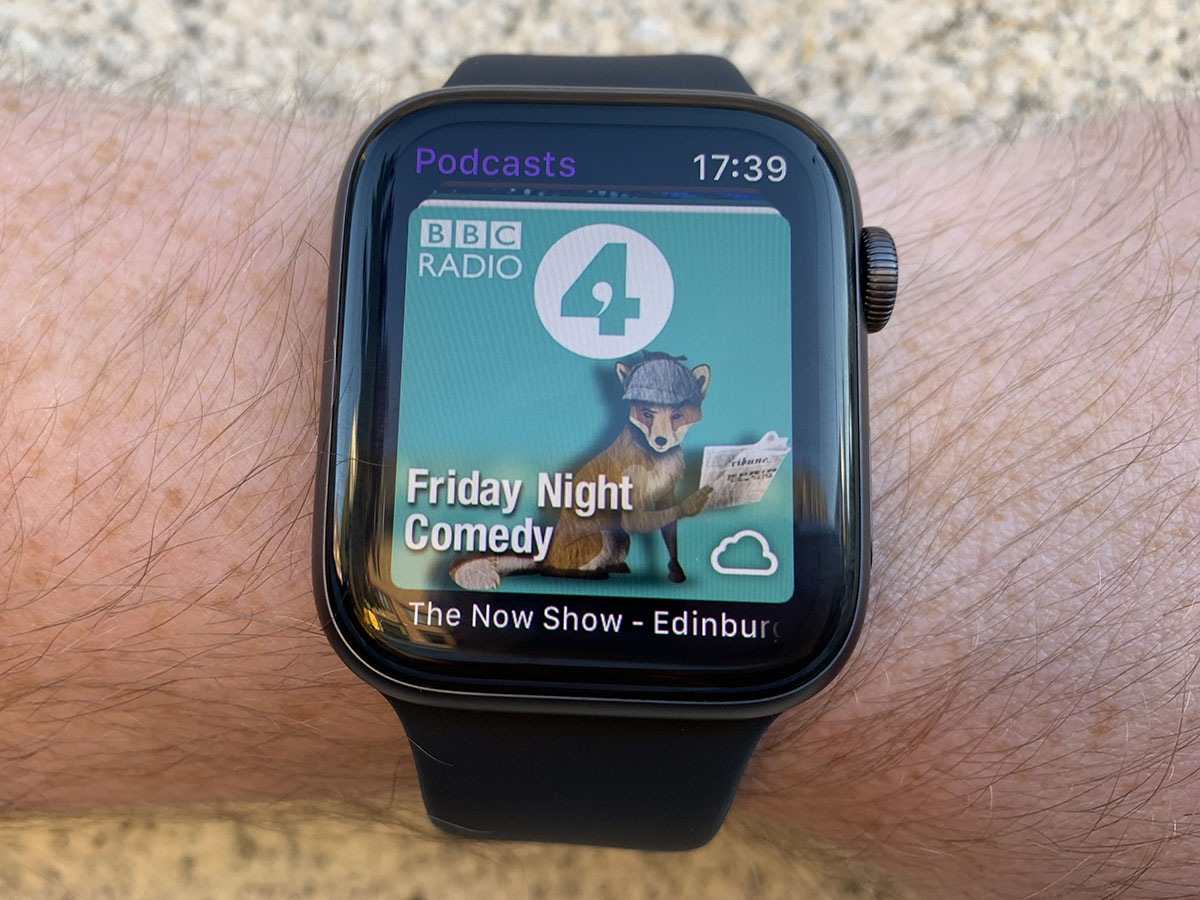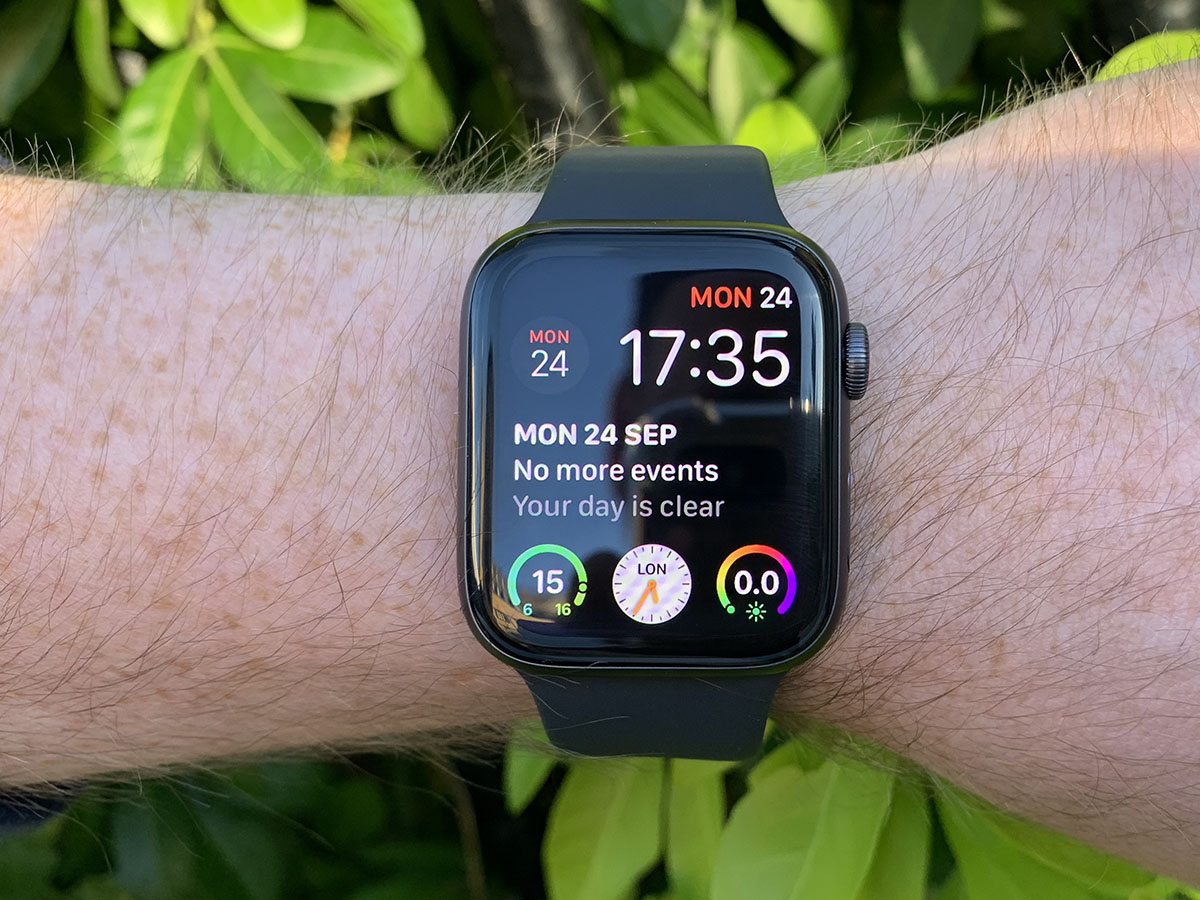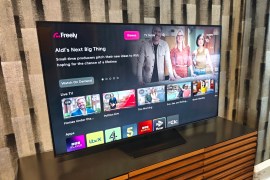Apple Watch Series 4 review
Apple Watch Series 4 is the best reason yet to buy a smartwatch
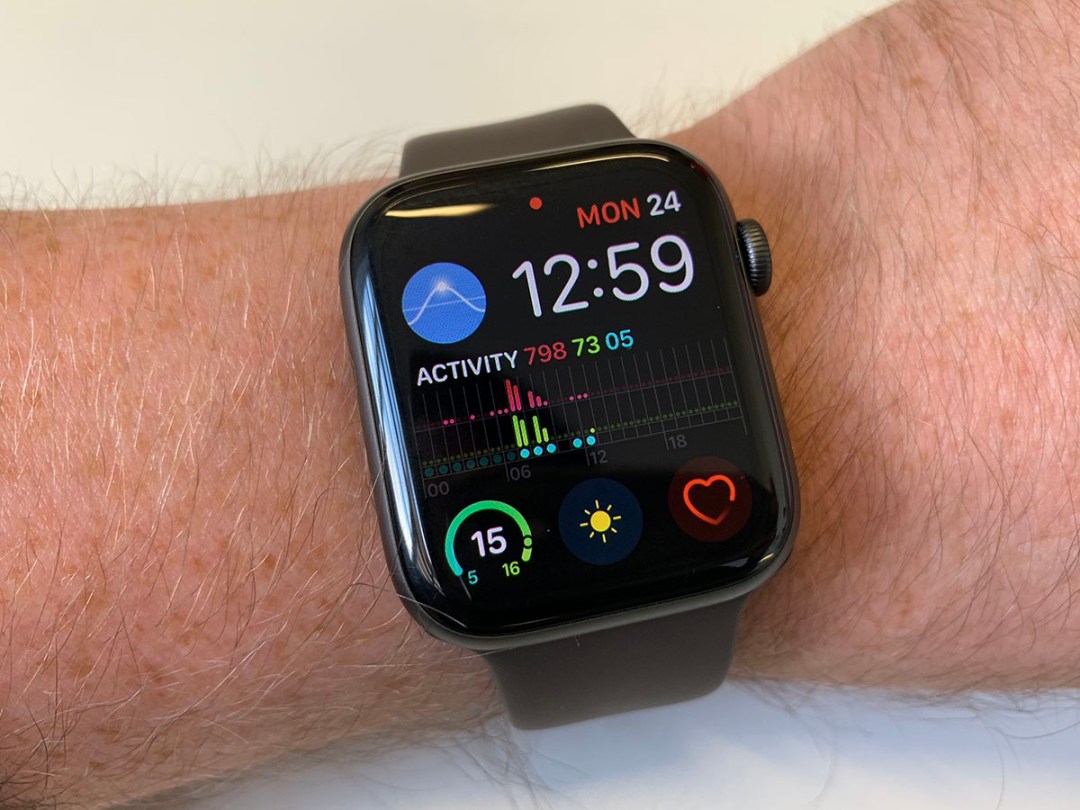
One of the most difficult questions we get asked by people is “Should I buy an Apple Watch?”
While it’s a product that has done a lot of things well, it’s never felt essential, and there are products on the market (particularly fitness watches) that replicate a lot of its features for a much lower price.
But with the Watch Series 4, Apple has created a product that’s so much better than any other smart watch out there that it’s easy to recommend to anyone with an interest in wearables. The biggest improvement has to be the comprehensive redesign, with bigger displays, a thinner form factor and new watch faces that display much more information than before.
But there are some serious feature improvements too, including a bigger internal speaker for calls, fall detection and emergency SOS, and an upcoming electrocardiogram that looks like it will be a genuine game-changer for smartwatches.
The result is the first wearable that actually feels essential, combining fantastic design and great features that just aren’t available on other smart watches.
The asking price for all models of the watch has gone up, sadly, but there’s plenty to recommend, and as a result we can now the answer the question of “Should I buy an Apple Watch?” with a resounding “Yes!*”.
*If you’ve got a wad of spare dollars
APPLE WATCH SERIES 4 DESIGN: UPGRADE TIME
APPLE WATCH SERIES 4 FEATURES: HEARTY UPGRADES
APPLE WATCH SERIES 4 BATTERY: POWER FOR DAYS
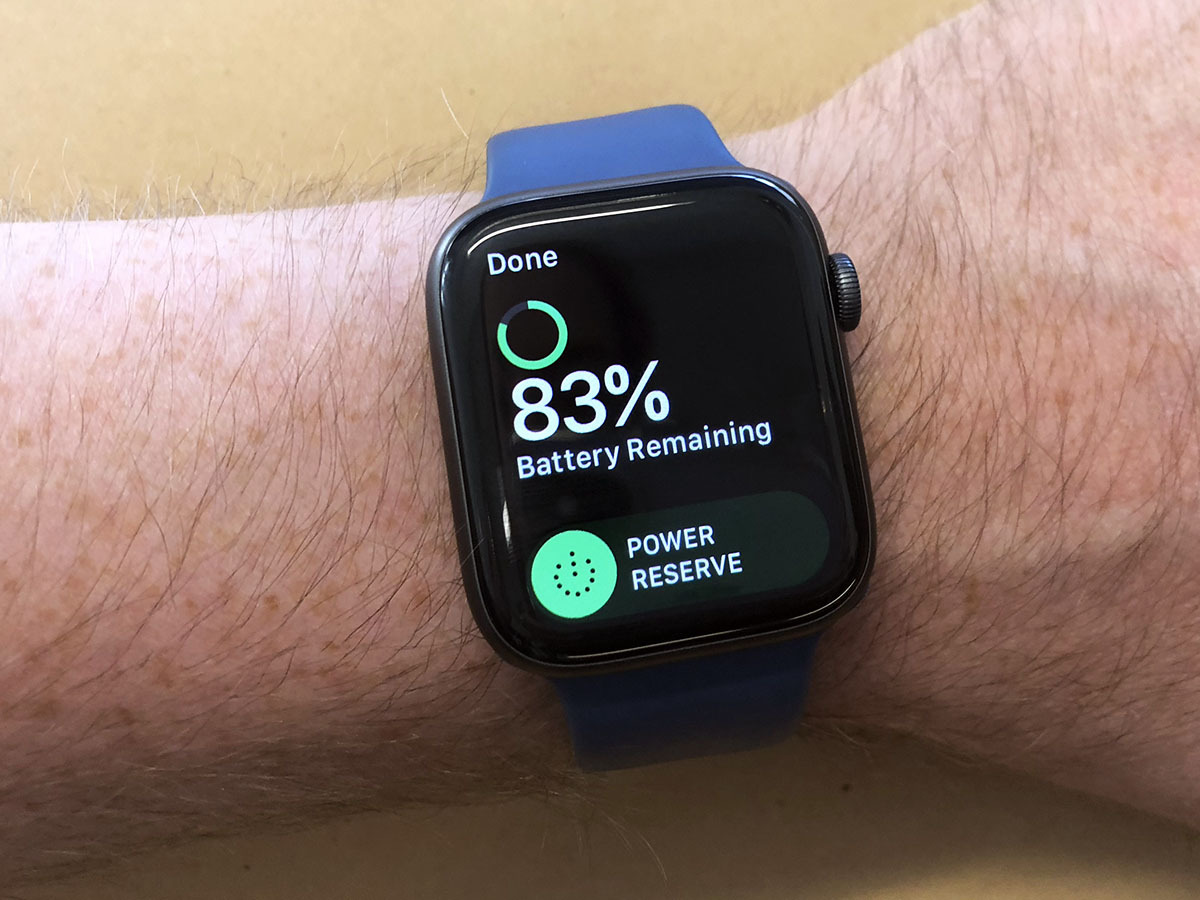
Apple quotes the same 18-hour battery life for Series 4 as it did for Series 3, but we found this estimate to be conservative.
In normal use (as in, not making excessive amounts of calls or doing 10K runs), we were able to get through two days of charge. As a result, we’d now really like to see Apple offering an always-on display option.
There are still multiple occasions each day when we’d turn our wrist to activate the watch, and it wouldn’t register – having it always-on would mean it’d feel much more like a regular watch.
There are also a host of feature improvements that come in with watchOS 5, but bear in mind they’re also available to all Apple Watch owners apart from the very first “Series 0” generation.
They include a new Podcasts app which allows you to listen to shows away from your phone, a new Walkie Talkie app that allows you to send and receive messages between friends, Activity Challenges between friends, and low resting heart rate alerts. For more on these and more, check out our watchOS 5 feature.
APPLE WATCH SERIES 4 CONNECTIVITY: GOOD, BUT DRAINING
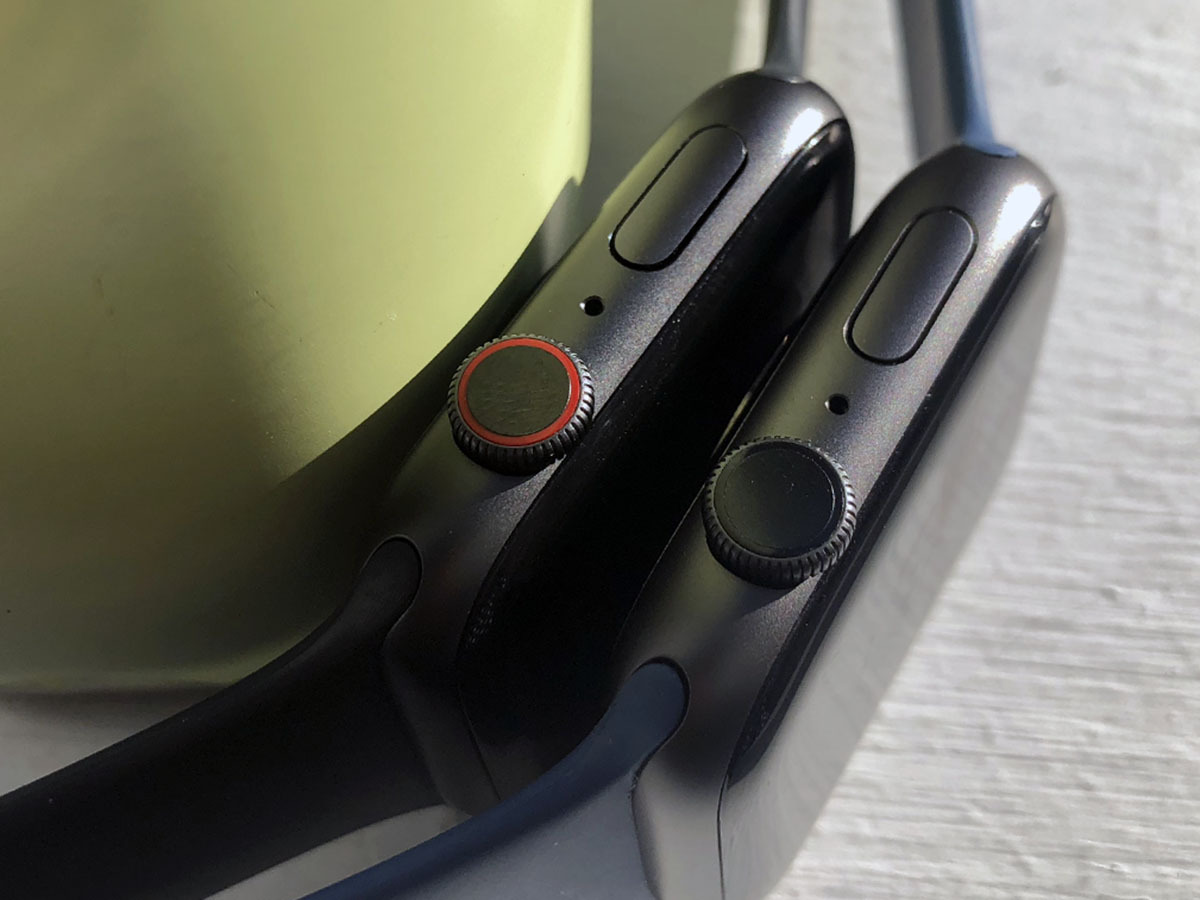
APPLE WATCH SERIES 4 VERDICT
Stuff Says…
The Apple Watch Series 4 does so much more and so much better than other wearables that it’s a no-brainer if you’re after a Smartwatch
Good Stuff
Sleek redesign
Huge, gorgeous screen
Novel health features
Bad Stuff
Significantly more expensive than Series 3
No always-on display option
